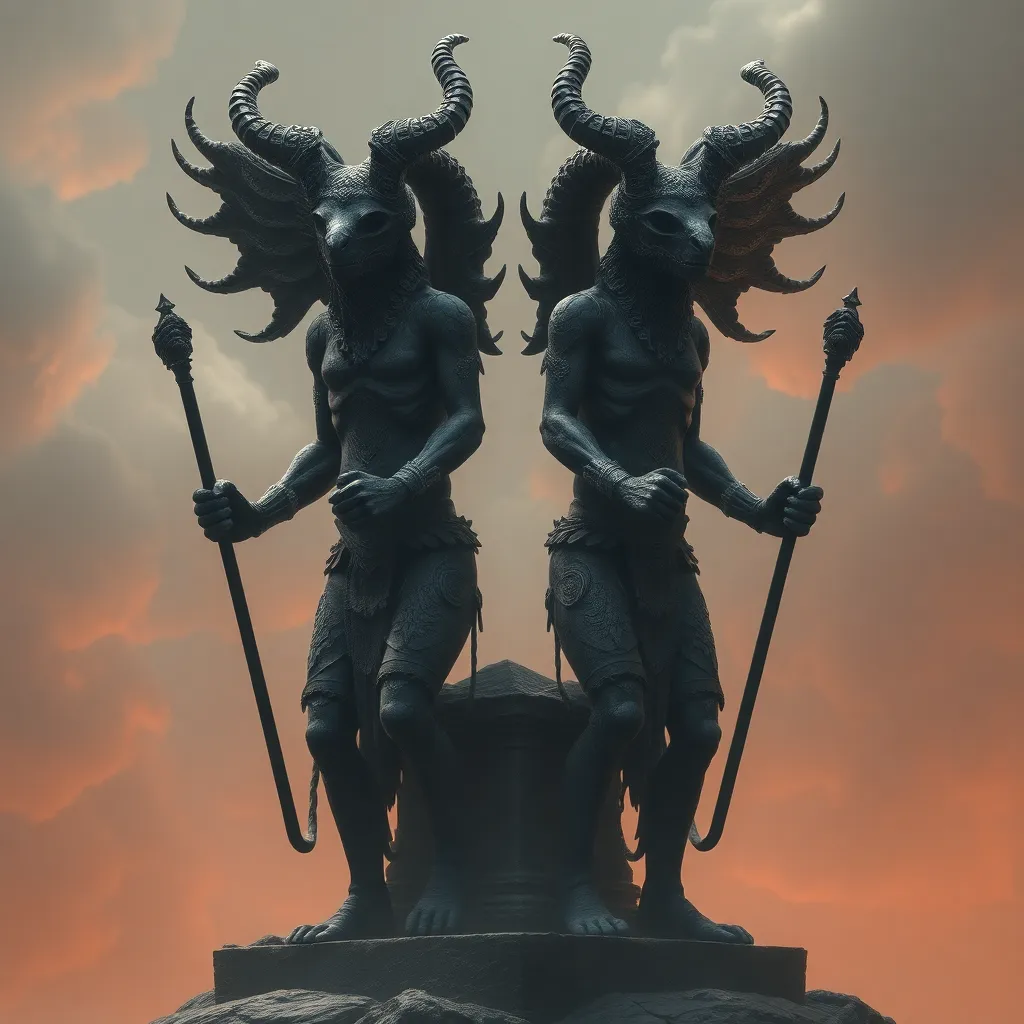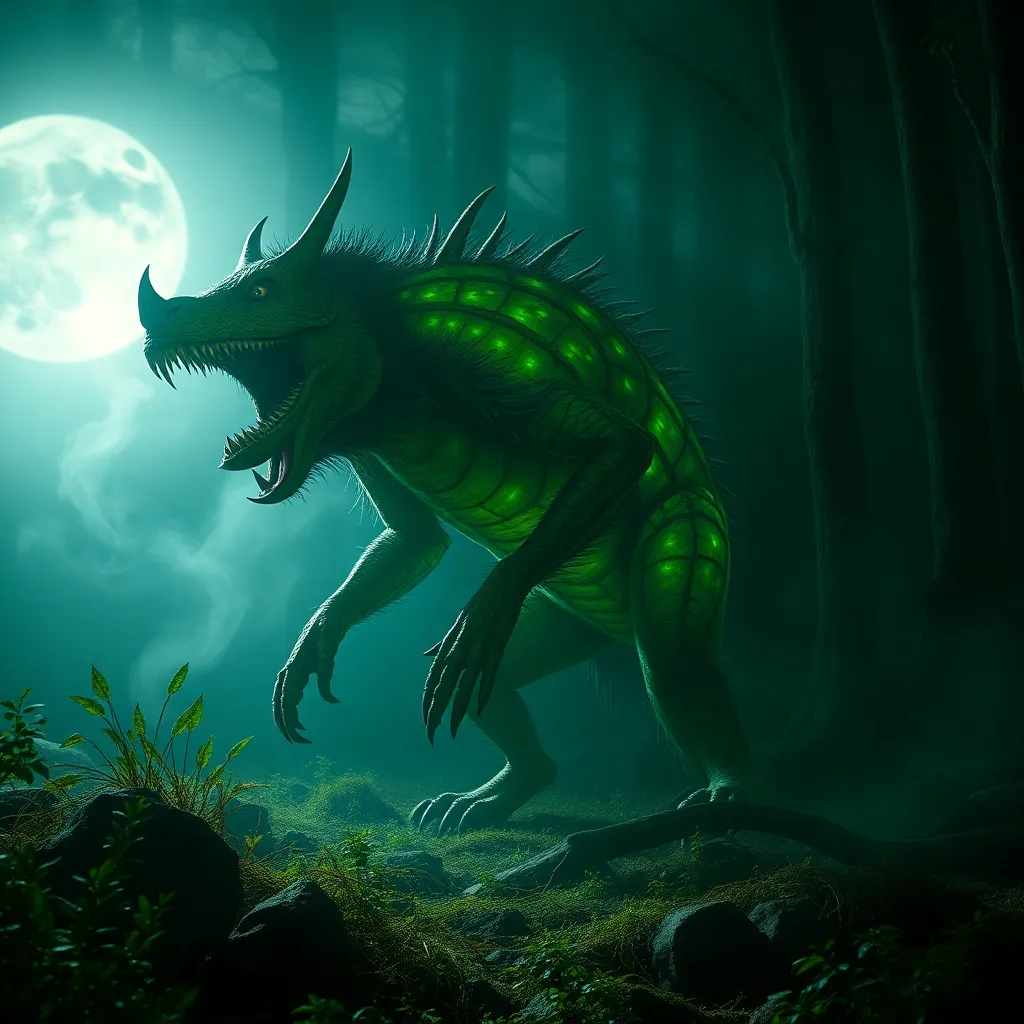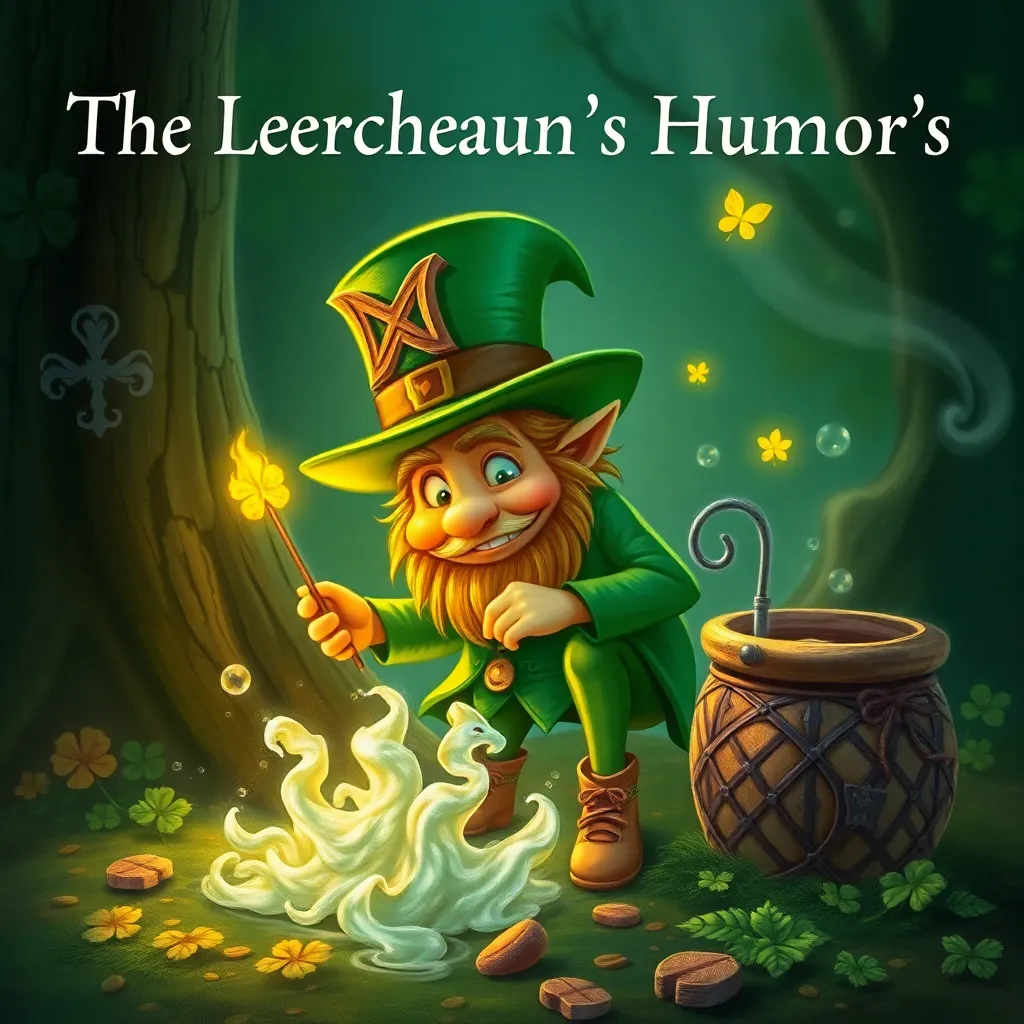The Hecatoncheires as Guardians of the Underworld: A Study of Mythological Boundaries
I. Introduction
The Hecatoncheires, often referred to as the “Hundred-Handed Ones,” occupy a unique place in Greek mythology. These monstrous giants, each possessing a hundred arms and fifty heads, represent the raw power and chaos inherent in the universe. Their formidable nature raises intriguing questions about the boundaries that defined ancient narratives, particularly concerning the realms of life and death.
The importance of mythological boundaries cannot be overstated; they serve as the frameworks through which ancient cultures understood their world. The Hecatoncheires, as guardians of the Underworld, exemplify these boundaries, embodying the tension between chaos and order. This article explores the multifaceted role of the Hecatoncheires as guardians, their origins, and their significance within the broader context of mythology.
II. The Hecatoncheires: Origins and Characteristics
The Hecatoncheires are described in various ancient texts, notably Hesiod’s “Theogony,” where they are introduced as the offspring of Gaia (Earth) and Uranus (Sky). Their unique features—one hundred arms and fifty heads—set them apart from other beings in Greek mythology, symbolizing immense strength and power.
Genealogy plays a critical role in understanding the Hecatoncheires; they are siblings of the Titans and were born during a tumultuous time in the mythological narrative. Their creation myths often highlight the theme of chaos giving birth to order, as they were initially imprisoned by their father Uranus, only to be freed by Zeus during the Titanomachy.
Symbolically, the Hecatoncheires represent the struggle between chaos and order. Their immense strength makes them formidable guardians, yet their chaotic nature serves as a reminder of the potential for disorder that exists within the cosmos.
III. The Role of the Hecatoncheires in the Titanomachy
The Titanomachy, the epic battle between the Titans and the Olympians, is a pivotal moment in Greek mythology. This conflict not only determined the fate of the gods but also established a new cosmic order. The Hecatoncheires played a crucial role in this battle, aligning themselves with Zeus and the Olympians.
As the battle raged on, the Hecatoncheires used their remarkable strength and numerous arms to hurl massive rocks at the Titans, tipping the scales in favor of Zeus. Their contributions were vital in overthrowing the Titans and securing a new order in the universe.
This alliance with Zeus signified a crucial turning point, as the Hecatoncheires transitioned from being imprisoned figures to powerful allies in maintaining cosmic stability.
IV. The Hecatoncheires as Guardians of the Underworld
Post-Titanomachy, the Hecatoncheires assumed roles as guardians of the Underworld. Their protective role is evident in various mythological narratives, where they serve to maintain the boundaries between the living world and the realm of the dead.
When comparing the Hecatoncheires to other guardians of the Underworld, such as Cerberus and Charon, several distinctions arise:
- Cerberus: The three-headed dog who guards the gates of the Underworld, ensuring the dead cannot leave.
- Charon: The ferryman who transports souls across the river Styx, demanding payment in the form of an obol.
- Hecatoncheires: Unlike these figures, the Hecatoncheires embody the chaotic aspects of the Underworld, reminding both gods and mortals of the thin veil separating life from death.
Their function extends beyond mere guardianship; they symbolize the enforcement of boundaries necessary for maintaining cosmic order, ensuring that chaos does not seep into the realms of the living.
V. Mythological Boundaries and Their Cultural Significance
Mythological boundaries are crucial in understanding ancient cultures’ views on life, death, and the afterlife. These boundaries delineate the sacred from the profane, the living from the dead, and chaos from order.
The Hecatoncheires embody these boundaries, serving as a physical manifestation of the limits imposed on chaotic forces. Their presence in mythology reinforces the idea that the cosmos requires guardianship to maintain its order.
The impact of the Hecatoncheires extends to cultural practices and beliefs about the afterlife. Their role as guardians fosters a deeper understanding of death as a transition rather than an end, shaping how ancient cultures approached mortality and the afterlife.
VI. Artistic Representations and Interpretations
The Hecatoncheires have been depicted in various forms of ancient art and literature. From vase paintings to epic poetry, their unique characteristics and roles are celebrated and examined.
Analysis of these representations reveals varying interpretations of the Hecatoncheires across different cultures:
- Ancient Greece: Often viewed as symbols of strength and chaos in the context of the Titanomachy.
- Roman adaptations: They were sometimes seen as embodiments of the forces of nature, reflecting a shift in cultural understanding.
- Later interpretations: These figures influenced modern literature and art, often symbolizing the struggle against overwhelming odds.
Their influence on later mythological and literary traditions underscores their lasting significance in the cultural imagination.
VII. The Hecatoncheires in Modern Context
In contemporary discussions of mythology, the Hecatoncheires remain relevant as symbols of boundaries and guardianship. They serve as a reminder of the importance of order in a world often fraught with chaos.
Modern media frequently references the Hecatoncheires, appearing in films, books, and video games, where they are often reimagined as powerful beings that embody the struggle between good and evil. Examples include:
- Film: Adaptations of Greek myths often depict them as formidable adversaries.
- Literature: Novels inspired by mythology utilize the Hecatoncheires to explore themes of guardianship and chaos.
- Video games: Many incorporate elements of the Hecatoncheires as bosses or guardians within mythological settings.
These representations offer modern audiences insights into the ancient themes of boundaries and guardianship, emphasizing their relevance even today.
VIII. Conclusion
In summary, the Hecatoncheires hold significant importance in mythology as guardians who navigate the delicate boundaries between chaos and order, life and death. Their role in the Titanomachy and the Underworld showcases their power and influence in maintaining cosmic stability.
Reflecting on their broader implications, the Hecatoncheires serve as reminders of the necessity of boundaries in our lives, both in the literal sense and in the metaphorical realm of chaos and order. Their legacy endures, inviting continued exploration and interpretation in a world that often grapples with the complexities of existence.
Ultimately, the Hecatoncheires remind us of the enduring power of myth and its ability to teach lessons about the nature of guardianship and the importance of maintaining balance within our lives.



